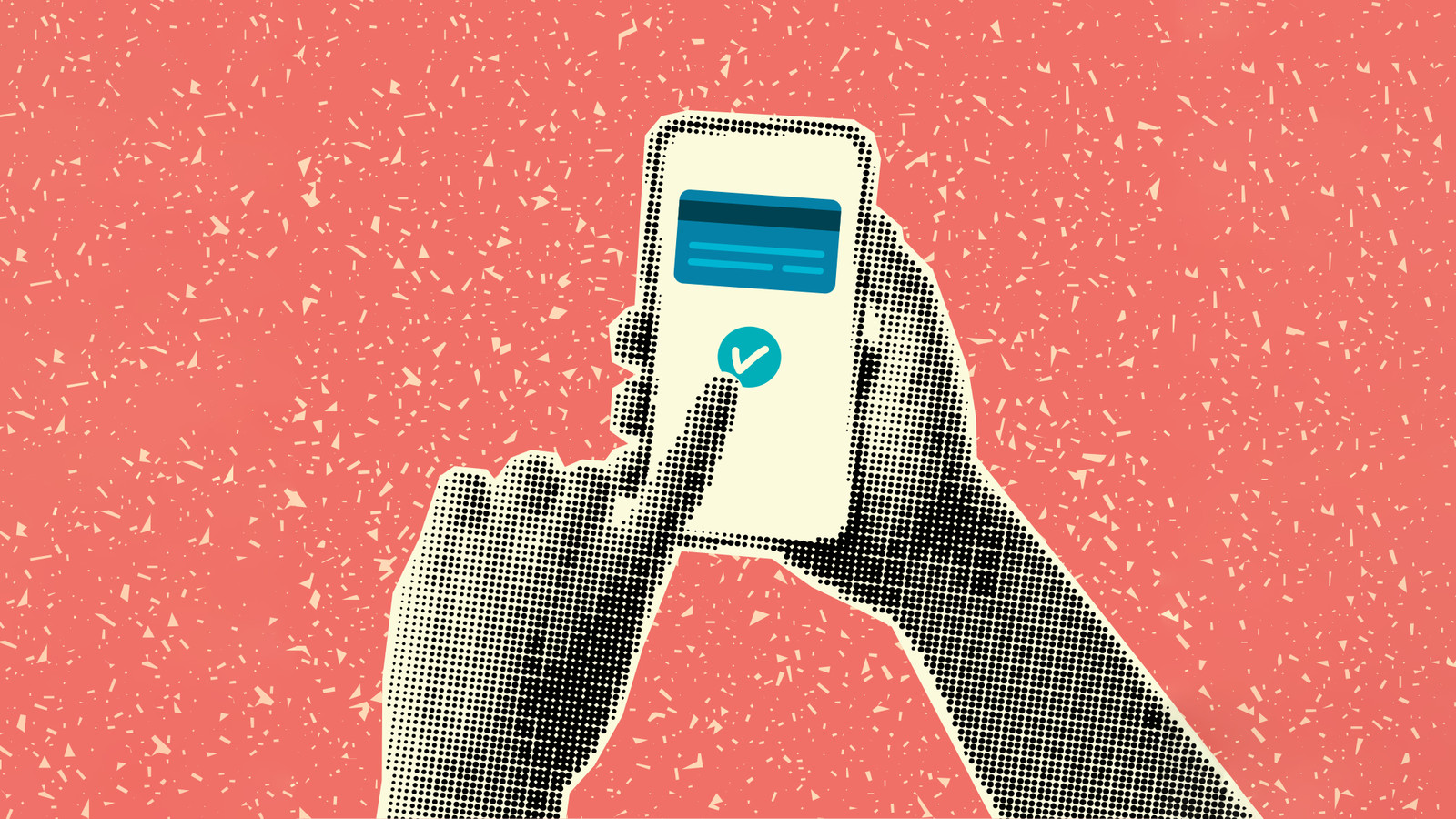Can a Banking App Really Save You Money?

Based on research by Bruce Carlin, Arna Olaffson (Copenhagen Business School) and Michaela Pagel (Washington University)
In 2023, a quarter of U.S. consumers resided in a household that received either an overdraft fee or a non-sufficient funds (NSF) fee.
Mobile banking apps promise convenience, but can they also help users make better financial decisions? A recent study by Bruce Carlin and research colleagues at Copenhagen Business School and Olin Business School at Washington University suggests they can — by aggregating information from all of a consumer’s accounts into a single accessible place.
The researchers analyzed transaction data from an Icelandic financial aggregator and found that after the company released a mobile app version of their website, the financial habits of their customers improved, lowering the likelihood of incurring NSF fees.
According to their paper, published in Review of Finance:
- NSF fees dropped by 38.4% within 24 months of the app’s release.
- Certain groups benefited more — women, high-income individuals and baby boomers saw the biggest gains. So did those who incurred higher fees before the app’s introduction.
- Information access — not education — drove better decisions. Consumers didn’t need notifications or nudges. Simply making financial data more accessible helped them avoid NSF fees.
The key takeaway? If you want to cut down on costly overdraft fees, a mobile banking app may help. By reducing the friction of checking balances, these tools make it easier to stay on top of your finances — and keep more money in your pocket.
Rice Business Wisdom
When consumers have a full view of their finances in a single mobile app, they’re less likely to incur non-sufficient funds (NSF) fees.



